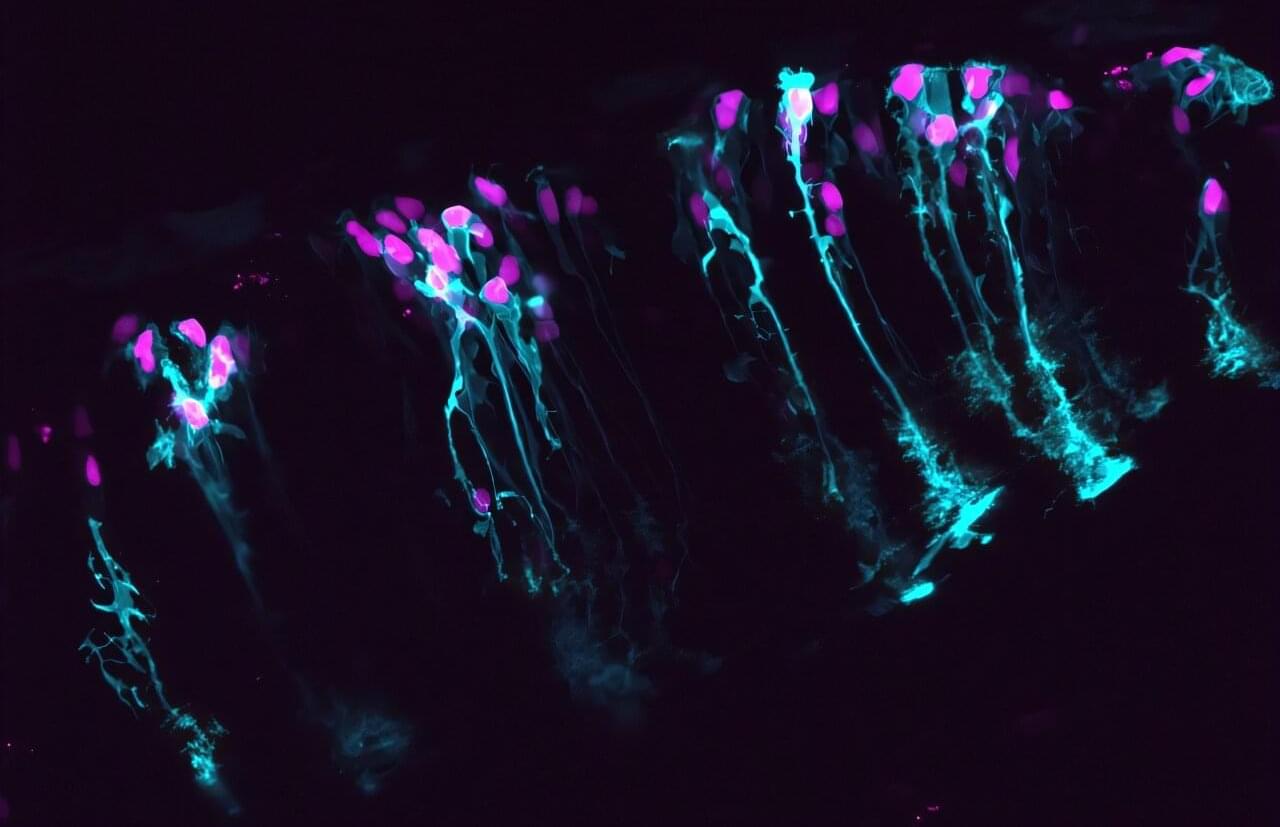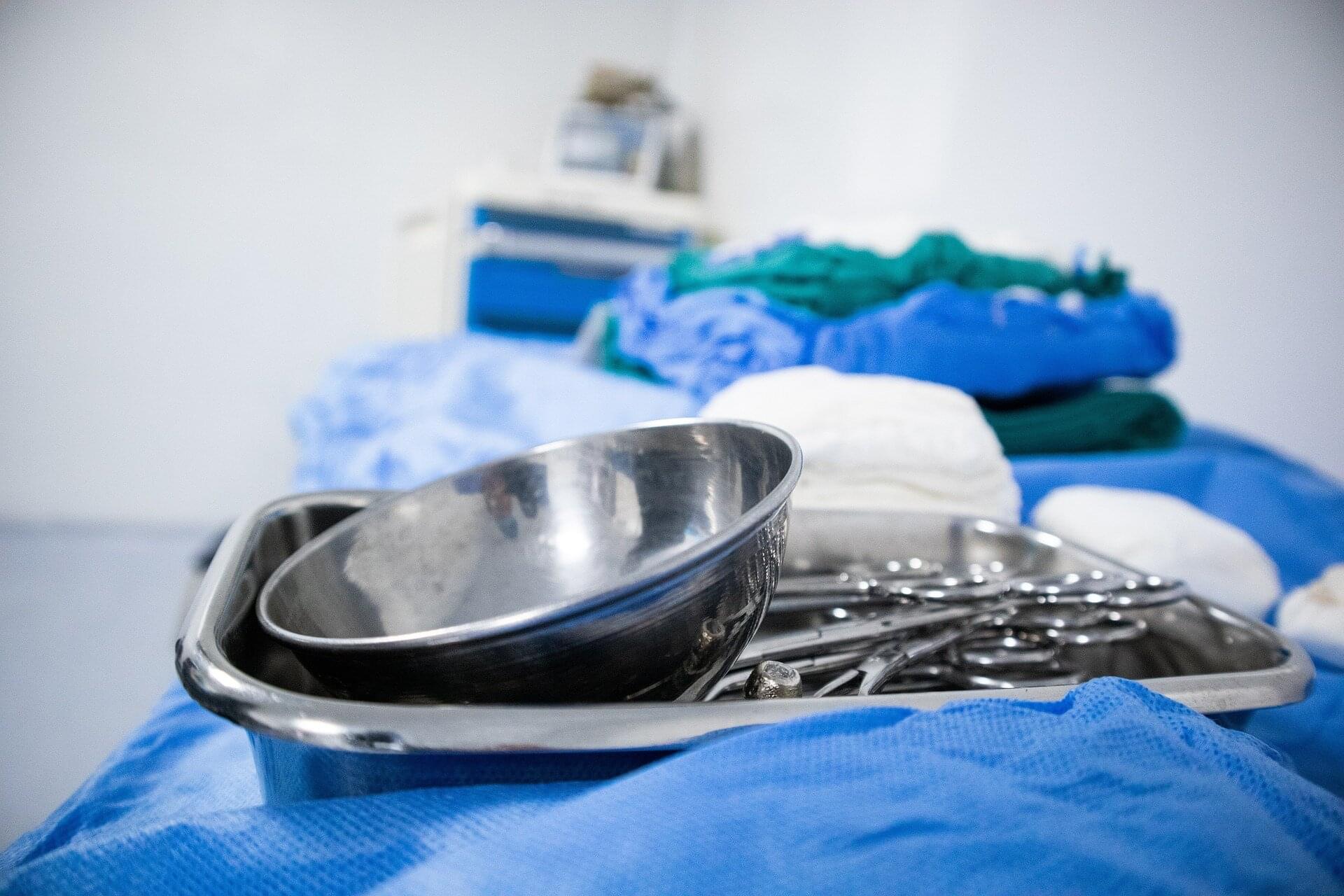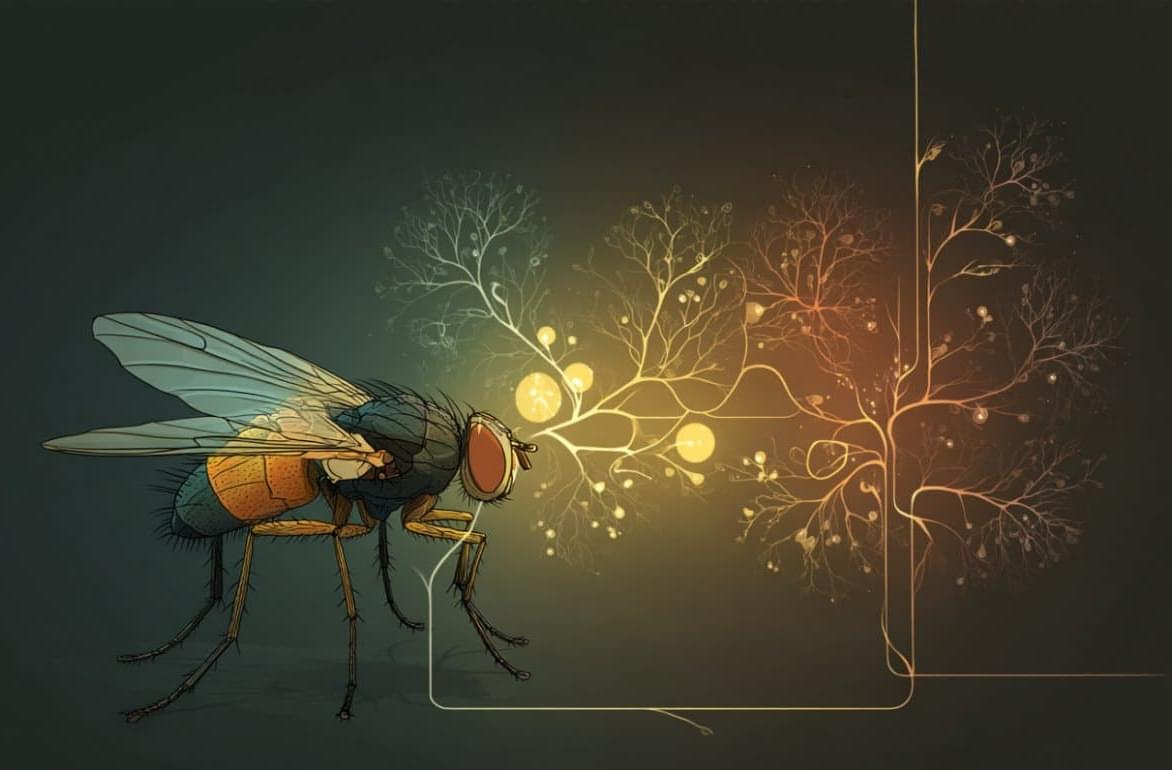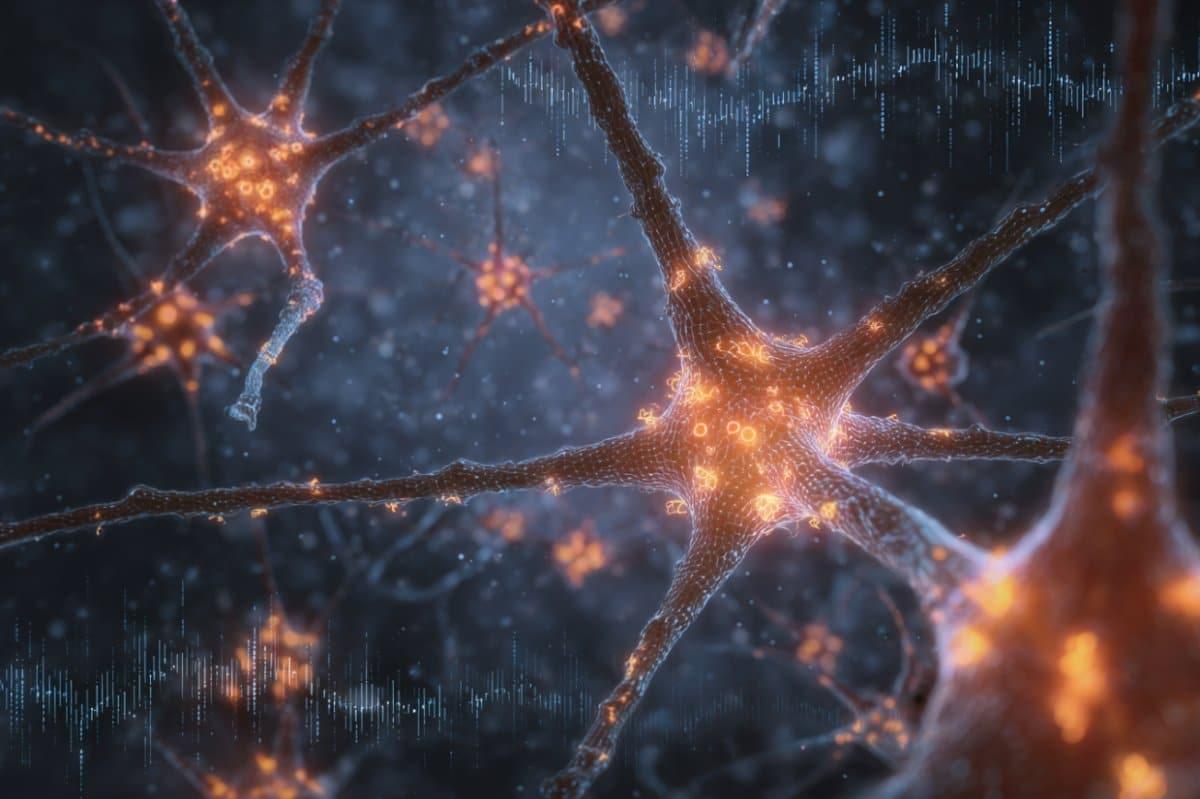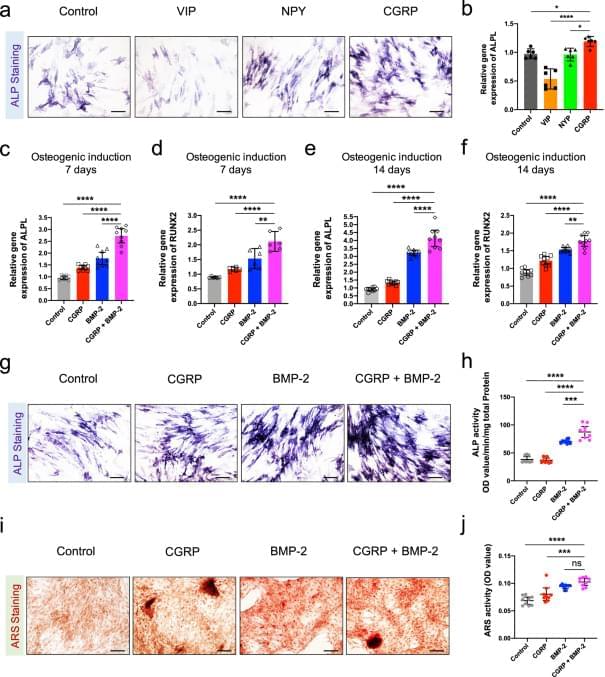Long overlooked and underestimated, glial cells—non-neuronal cells that support, protect and communicate with neurons—are finally stepping into the neuroscience spotlight. A new Florida Atlantic University study highlights the surprising influence of a particular glial cell, revealing that it plays a much more active and dynamic role in brain function than previously thought.
Using sophisticated computational modeling and machine learning, researchers discovered how astrocytes, a “star” shaped glial cell, subtly—but significantly—modulate communication between neurons, especially during highly coordinated, synchronous brain activity.
“Clearly, glial cells are significantly implicated in several brain functions, making identifying their presence among neurons an appealing and important problem,” said Rodrigo Pena, Ph.D., senior author, an assistant professor of biological sciences within FAU’s Charles E. Schmidt College of Science on the John D. MacArthur Campus in Jupiter, and a member of the FAU Stiles-Nicholson Brain Institute.
